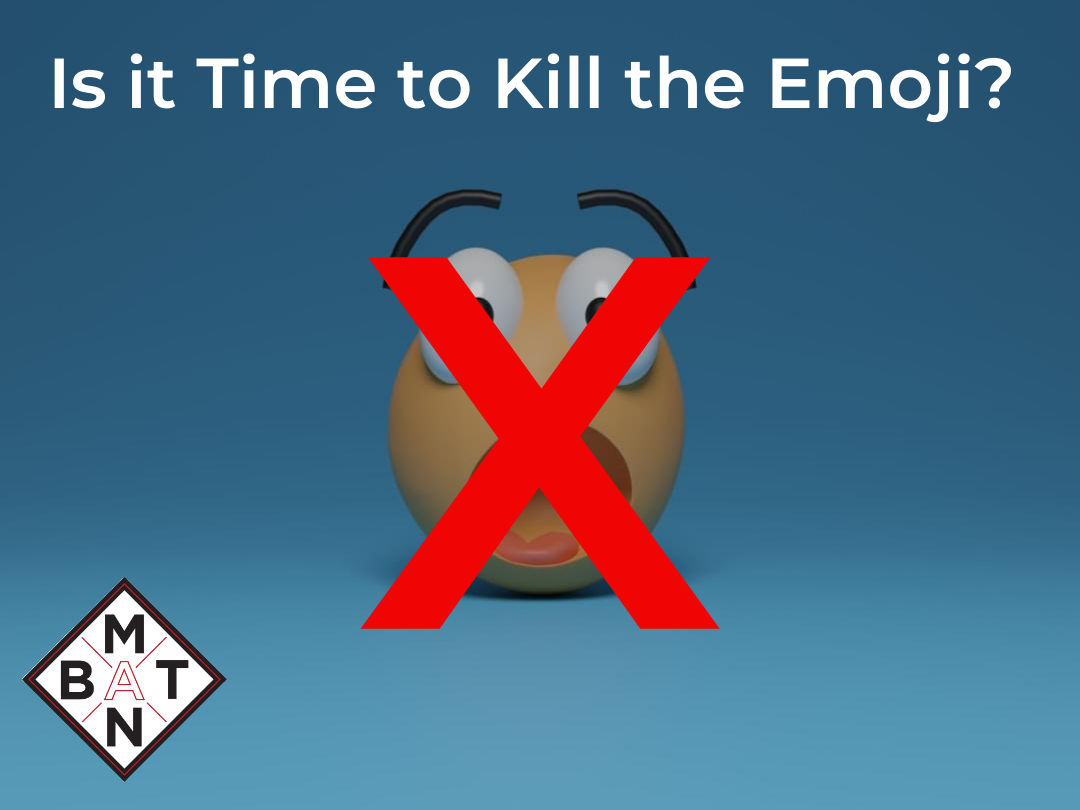Sustainability has everything to do with Companionship
By Bruce Wade
If we use vegetable gardens as a metaphor for sustainability, we have a lot to learn from the humble food garden.
If you have a small vegetable patch at home, you will know very well how much effort it takes to grow healthy home-grown veggies. The soil preparation, irrigation and planting schedule are all important for a regular supply of fresh and healthy foods.
Then there is the important factor of companion planting. A smaller vegetable garden can take advantage of this, unlike mega-farms which have to plant and harvest thousands of the same vegetables as fast as possible. Smaller gardens can be better designed to take into account the relationships between plants and how they actually do better with some and not so well with others.
Knowing that your tomatoes need to be in the same bed or pot with basil, marigolds and onions goes a long way to develop healthy symbiotic plant relationships. These plants thrive off each other and produce nutrients and protection for the others in the same bed. Yet Broccoli or Dill with do more harm than good for the juicy tomatoes.
Transferring this back to the boardroom and factory we can see similar businesses mixing departments in similar ways to develop a more sustainable relationship, moving away from the old school of everyone in their corner hidden away from others with blue screens and room dividers.
Companion planting within a company is a great way to help develop cross-departmental relationships, innovative ideas and sustainability. We just need to get it right in our heads to mix your strawberries with lettuce and then we will begin to see a new way of working that we never thought possible.
Go on, I dare you: put the accountants in the same area as the marketing department, you may be surprised at what they come up with.
Oh, and if you want a chart for your garden, here is a simple one to follow (download here)









